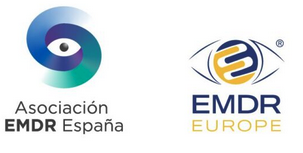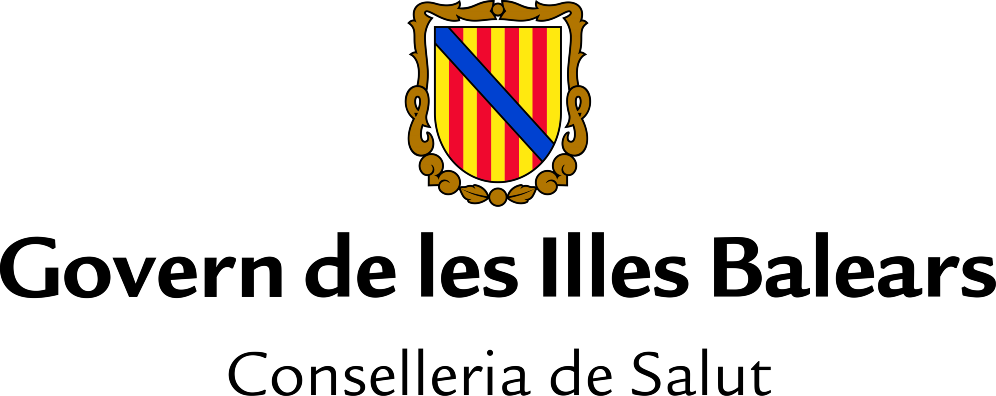
Online grooming is the process through which an adult, using the means offered by the Internet, manages to involve a child in a process of sexual abuse either directly (in person) or indirectly (e.g., through the exchange of sexual content or webcam). Within the process of online grooming, elements of emotional closeness and building an emotional bond come into play in a progressive way, to avoid disclosure by the child and thus maintain the relationship over time. Data on the prevalence of online grooming vary according to the age of the children, with figures ranging from 2 to 4% in children under 12 and 13 years of age, reaching 15.4% in adolescents aged 15.
Differences between traditional sexual abuse and online grooming
One issue to highlight with respect to sexual abuse through ICTs is that in traditional abuse, the abusing adults are usually people close to the child’s family environment or members of the system itself. However, given certain characteristics of ICTs, potential abusers can gain access to children through the process of online grooming, and thus enter the circle of trust that facilitates the dynamics of abuse. On the other hand, it is noteworthy that the age of risk for online sexual abuse is higher than the age of risk for traditional sexual abuse. This corresponds to older adolescents using the online environment more autonomously than younger ones. Furthermore, several studies have found that most online abusers are under the age of 25. The literature to date establishes that most abusive relationships through ICTs meet the definition of sexual abuse as they are generally offences that do not involve the use of physical force, but rather the emotional trickery of the child, who usually has the expectation of an affectionate and even sexual relationship with the adult with whom he or she interacts.
The Internet as a facilitator for perpetrating abuse
Various authors have highlighted different characteristics and peculiarities of the online environment that facilitate the development of abusive behaviour, which are detailed below:
- Accessibility and increase of potential victims. The ability to operate from a distance and in multiple scenarios at the same time multiplies the opportunities for access to children from anywhere and at any time, increasing the likelihood of success for abusers.
- Anonymity. In the online environment it is not always possible to know who the person with whom communication is taking place is, as the creation of a false profile or the alteration of elements of identity is within the reach of any user. Children may have the false belief that on the other side is a peer or someone a little older than them, unaware that it could be an adult.
- Perceived invisibility online. The ability to access certain online environments without being identified produces a disinhibiting effect that makes it easier for users to explore places they would not otherwise access.
- Absence of perceived risk. The feeling of safe distance that the virtual environment provides by not being physically exposed makes it difficult to become aware of the risk of certain situations.
- Less parental supervision. The use of different Internet-connected devices in their daily lives, as well as multiple platforms such as social networks, forums, or online games, often exposes them to interactions with strangers outside the usual limits of control.
- New possibilities for socialisation and experimentation. In adolescence, children begin to develop curiosity about sexuality and relationships. The online environment can then offer a new arena in which to find information not available in the natural environment.
- Dissociation between the natural and virtual environment. Sometimes a differentiation is created between the virtual environment and the subject’s everyday life, influencing his or her subjectivity and habitual limits.
- Greater speed and intensity in relationships. The affective relationships that can develop in the intimacy of a child who interacts unsupervised through ICTs with an adult can be experienced with greater intensity than the usual relationships between peers.
- Difficulties in empathising. By not seeing the victim’s immediate reactions, ICTs can facilitate insensitive behaviour by the perpetrator followed by a lack of empathy for the victim’s suffering.
- Indefinite prolongation of the victim’s suffering. In many cases the abuser possesses material self-generated by the victim or recorded without the victim’s knowledge (e.g., via webcam) in the context of the abusive relationship. The adult may use strategies of manipulation and control over the victim to maintain the abuse or to torment the victim after it has ended, e.g., by threatening to release the material.
- Absence of safe places. The victim may feel totally defenceless as she can be located by different means (social networks, email, etc.) as well as being identified by acquaintances or family members. Given that the aggressors may have access to the victim’s social networks, their contact lists, etc., or even the victim may have revealed this information at some point in the conversation, the feeling of insecurity does not disappear in the victim’s home.

Risk factors for online grooming
In terms of risk factors for online grooming, several studies show that girls are more vulnerable to being sexually solicited by adults through ICTs. Higher rates of victimisation have also been found in non-heterosexual minors or minors who question their sexual identity.
Likewise, as the age of the children increases, higher percentages of online grooming victimisation are found. This clashes with the typical image of vulnerability based on the innocence of younger children deceived by adults. In adolescence, children’s vulnerability increases as, with the development of sexuality and increased interest in romantic relationships, they are more likely to use ICTs to interact and experiment, which can be exploited by potential abusers.
For their part, various risk behaviours of children have been found to be associated with an increased likelihood of online grooming, such as harassing others, interacting with strangers or visiting pornographic websites, engaging in sexting and using chat rooms. Moreover, rather than specific behaviours, it is the combination of several risk behaviours that appears to be associated with increased vulnerability. Another risk factor associated with online sexual victimisation, according to several studies, is a history of previous physical or sexual abuse. Previous abusive situations can lead to problems in children’s emotional development that may influence difficulties in identifying inappropriate sexual cues from abusive adults.
Consequences of online grooming
In terms of consequences of online grooming, it has been found that children exposed to online sexual exploitation are more likely to develop mood disorders such as depression. At the same time, the symptomatology seems to increase the likelihood of being a victim of online grooming, as is the case with other types of online victimisation such as cyberbullying. For example, it has been found that being a victim of cyberbullying is associated with an increase in depressive symptomatology, and depressive symptomatology in turn increases the likelihood of cyberbullying. Moreover, children with histories of online sexual exploitation show a higher risk of developing maladaptive behaviours such as running away from home, risky behaviours, and future sexual victimisation, as well as alcohol and drug abuse. They are also more likely to develop serious mental health problems such as post-traumatic stress disorder.
Why are relationships between adults and adolescents inappropriate?
When the age difference between the child and the adult abuser is not so significant or the adult does not meet the stereotype of a “dangerous stranger”, there are difficulties in becoming aware of the inappropriateness of the sexual relationship. According to numerous studies and experts, there are several reasons why adult-child relationships are inappropriate. Firstly, children have little or no experience in establishing intimate and romantic relationships. Children have little information about sexual matters and can be manipulated and prematurely initiated into sexual activities by the adult who manipulates them emotionally. The asymmetry of power that occurs in the affective relationship with an adult can place the victim in a situation of dependence, exerting an emotional and affective projection on him/her that tries to incite the child to approach abuse. In addition, several authors have shown how early sexual activity in children has been found to be related to various problem behaviours such as substance abuse or delinquency, as well as to sexual risk behaviours such as having multiple partners, having older partners, not using protection and unwanted pregnancies.

In short, it is necessary to highlight the power differences that are created within affective-sexual relationships between adults and minors and that constitute the basis of abuse. By making clear the inequality of experiences in accordance with the immaturity of adolescence, as well as the negative impact that these can have on the proper sexual development of minors, it will be possible to work towards raising awareness and social awareness of the problem.
What should we do if we know victims of this practice?
Communication will be essential to be able to act when faced with a case of grooming, since we need the child to feel that they can ask for help if they find themselves in such a situation. When faced with a grooming situation, you should:
- Support the child unconditionally.
- Do not contact the stalker or delete important information (save chats, messages, photos, and videos, etc.) for the authorities, as grooming is considered a crime.
- Do not give in to the stalker’s blackmail.
- Report it to the police
- Seek psychological help for the child, as this is still a traumatic experience that could have long-term consequences.
Laura Riera López
Psychologist Col. No B-03323








